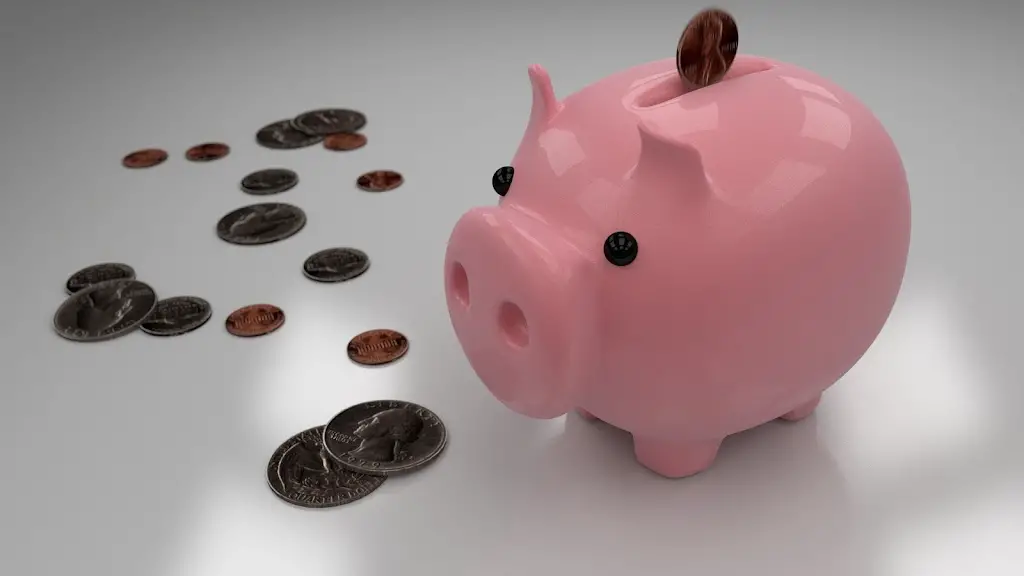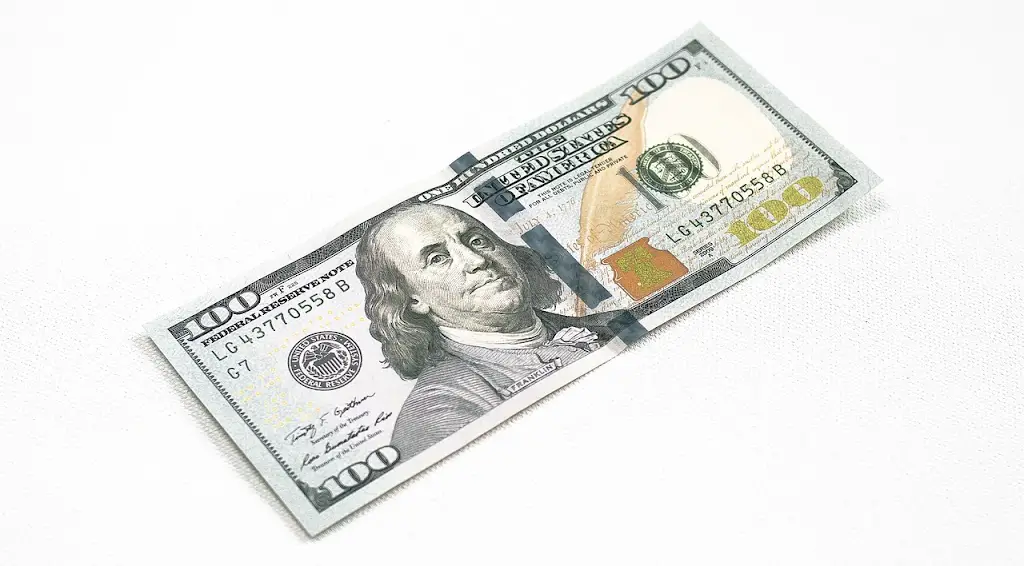Saving for the Future: How to Create Your Emergency Fund in 2 Steps
Do you know what an emergency fund is? It is a value that you save to use in unforeseen situations, such as a health problem, a layoff or an urgent repair. Having an emergency fund is essential to avoid going into debt or compromising your financial planning.
But how do you make an emergency fund? How much to save? Where to invest? These are some questions that we will answer in this post. Check out!
## Why have an emergency fund?
An emergency fund is a way to protect yourself against life’s risks. No one knows when you’ll need extra money, but it’s better to be prepared than to be caught off guard.
Having an emergency fund brings several benefits, such as:
– Avoid using special checks or credit cards, which have high interest rates and can generate a snowball of debt;
– Maintain the standard of living in case of loss or reduction of income;
– Have peace of mind when dealing with stressful situations;
– Take advantage of opportunities that require an initial investment, such as a course, a trip or your own business.
## How to calculate the value of the emergency reserve?
There is no single rule for defining the amount of the emergency reserve. Each person has a different profile and needs. But a simple and practical way is to use the following formula:
Emergency reserve = Monthly expenses x Number of months
Monthly expenses are all your fixed and variable expenses, such as rent, water, electricity, telephone, internet, food, transport, leisure, etc. You can use your bank statement or a financial control application to calculate this amount.
The number of months is the time you would like to have covered by your emergency fund. In other words, how many months could you live without any income. This number depends on your level of security and professional stability. For example, if you are a civil servant, you may have a smaller reserve than if you are self-employed or a freelancer.
In general, it is recommended to have an emergency fund of between 3 and 12 months of monthly expenses. But you can adjust this value according to your reality.
## Where to invest the emergency fund?
The emergency reserve must be invested in applications that have the following characteristics:
– Liquidity: ability to redeem money at any time;
– Security: low risk of loss or variation in the amount invested;
– Profitability: return above inflation to preserve purchasing power.
Some options that meet these criteria are:
– Savings: it is the most popular and accessible application, but also the least profitable. It is guaranteed by the Credit Guarantee Fund (FGC) up to R$ 250 thousand per CPF and per financial institution;
– Treasury Selic: is a public bond that follows the economy’s basic interest rate (Selic). It is guaranteed by the National Treasury, which is the body responsible for the country’s public debt;
– CDBs and LCIs/LCAs with daily liquidity: these are securities issued by banks and financial institutions that pay a percentage of the Interbank Deposit Certificate (CDI), which is a rate close to the Selic. They also have a FGC guarantee of up to R$250,000 per CPF and per financial institution;
– DI funds: these are investment funds that invest in public and private securities linked to the CDI. They are not guaranteed by the FGC, but they have professional management and diversification.
When choosing where to invest your emergency fund, it is important to compare the rates, terms and returns of different applications. You can use an online simulator or consult an expert to make the best decision.
## How to start making an emergency fund?
If you don’t already have an emergency fund, don’t worry. You can get started today by following these steps:
1. Define the value of your emergency fund based on the formula we saw above;
2. Choose an application that has liquidity, security and profitability;
3. Open an account with a stock brokerage or a financial institution that offers the chosen application;
4. Set aside part of your monthly income to invest in your emergency fund. Ideally, you should do this as soon as you receive your salary or income, to avoid spending the money on other things;
5. Monitor the balance and income of your emergency fund periodically. If possible, increase the value of your investments as your income grows or your expenses decrease.
Remember: your emergency fund is an investment in your future and your peace of mind. Don’t leave for later what you can do now. Start building your emergency fund today and ensure your financial security!




